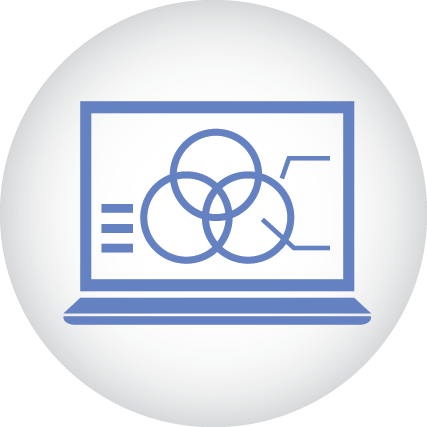The world of EH&S is changing. Every year the industry makes progress towards a more proactive, democratic, and effective process. On the way, we get to see buzzwords and fads crop up only to fall by the wayside. With all the noise it can be hard to tell which new ideas are worth adopting.
In the process of developing our Safety Management Software, the Quantum team has identified three major trends that we think are here to stay. These three techniques all have a proven record of effectiveness and efficiency and should form the basis of any ‘new’ EH&S program.
In this first piece, we’ll discuss the first big safety trend: Predictive Analytics and Big Data. In the next couple of weeks, we will tell you about Automation and building a Culture of Safety.
Predictive Analytics and Big Data
If you haven’t gotten to use it in your day-to-day work, Big Data can sound like a big expensive buzzword. You probably already spend more time messing with spreadsheets than you’d like, so the idea of getting more data can seem daunting. What’s the value, anyways?
Big Data (or Predictive Analytics) is based on the idea of trying to make decisions based on the best information you have. If you can get more information (or better information), then your decision will be that much better. Eventually, you will get so much information that you can tell exactly what is happening and how to change it.
Challenges for Safety Management Software
The difficulty of Predictive Analytics has always been threefold:
- How do you gather that data?
- Do you even have time to read all that information?
- How do you reach a conclusion?
If you can solve those problems, then you can greatly increase the effectiveness of your EH&S Program. If you can solve those three problems cheaply, then you’ve added a powerful tool to your safety toolkit. While developing our Safety Management Software, we found that we were able to solve each of these challenges:
- We can improve data gathering through mobile apps and automatic readings. Most crucially, we can automatically collect data from other business systems or the internet. This allows your analytics platform to have access to data that you wouldn’t have even thought to collect (for instance, weather data, the time between employees’ breaks, or even proximity to a holiday).
- Normally, it would be impossible to read that much information. We can get around this problem by automating all of the data manipulations so that the software just reads the data from its inputs and ‘spits out’ cleaned up tables, charts, graphs, and reports. The next step is to automate the monitoring of the reports. We set up the software to monitor for large changes in any of the reports so that you’re aware of any movements. By doing this, you can effectively monitor hundreds or even thousands of daily reports without being swamped in spreadsheets.
- Finally, we can help you draw conclusions from the analytics in a clear and consistent way. Whenever there is a spike in an important metric (for example, your incident rate), we can look for any other data that seems to be correlated with that metric (for example, number of overtime hours). This process gives us a list of a few factors that seem to be related to the event in question. You can then target your corrective actions against these factors, preventing similar events in the future.
So, What’s the Value of A Predictive Safety Analytics Platform?
By adopting a Predictive Analytics platform as a central part of your safety management process, you can:
- Free up time spent manipulating spreadsheets and paper reports and spend more time actually making the workplace safer.
- Consistently address the root cause of each incident by crafting a corrective action plan based on real-world data rather than educated guesswork.
- Track risk in real time, allowing you to catch repeat incidents before they occur.
Because of these benefits, Quantum has made Predictive Analytics the backbone of its Safety Management Software. Since this capability was built into the software from the ground up, we can provide it at no additional cost.
With the capabilities of Big Data growing and the cost of implementing a system decreasing every year, it is an absolute no-brainer investment for any serious EH&S program.







